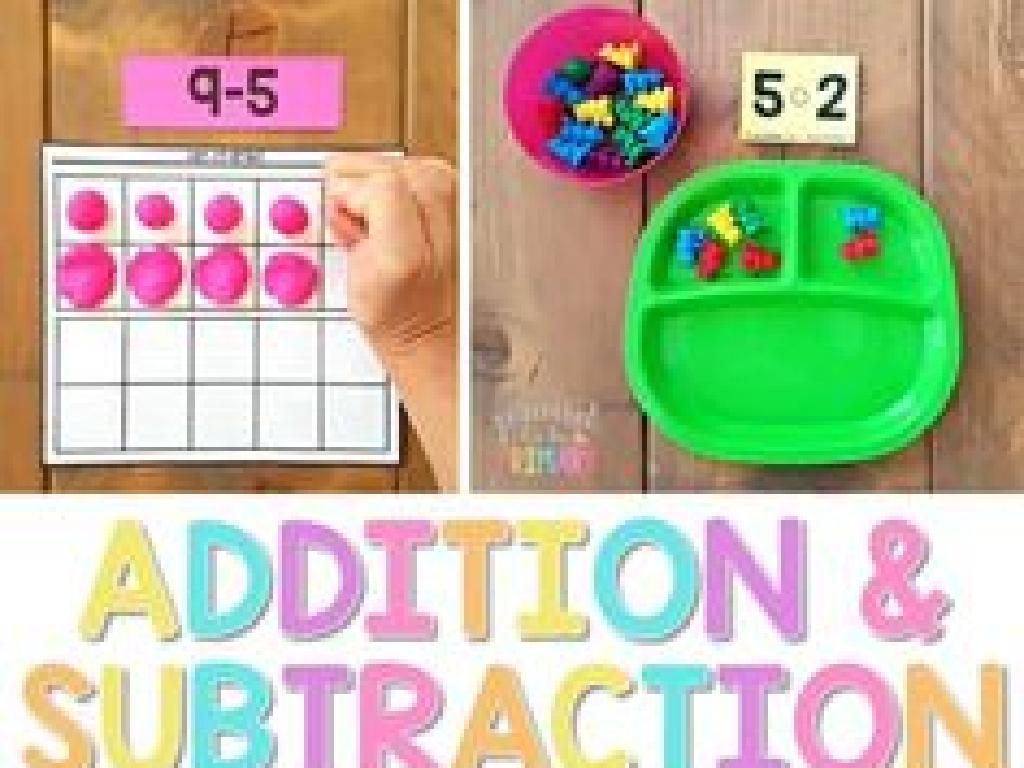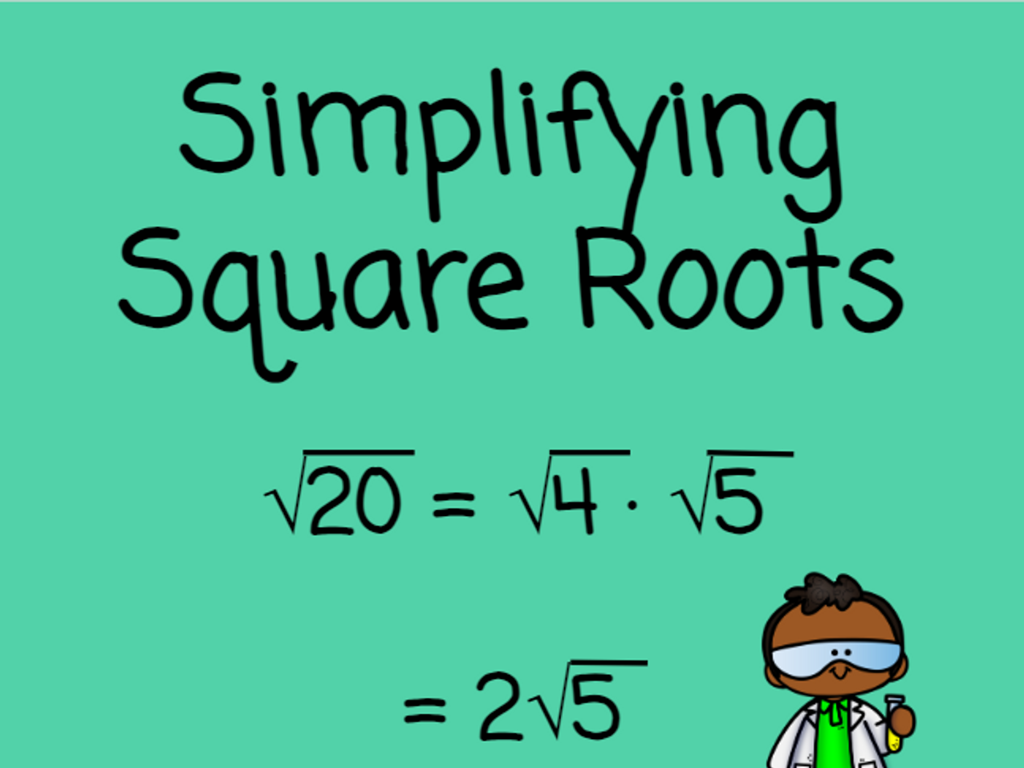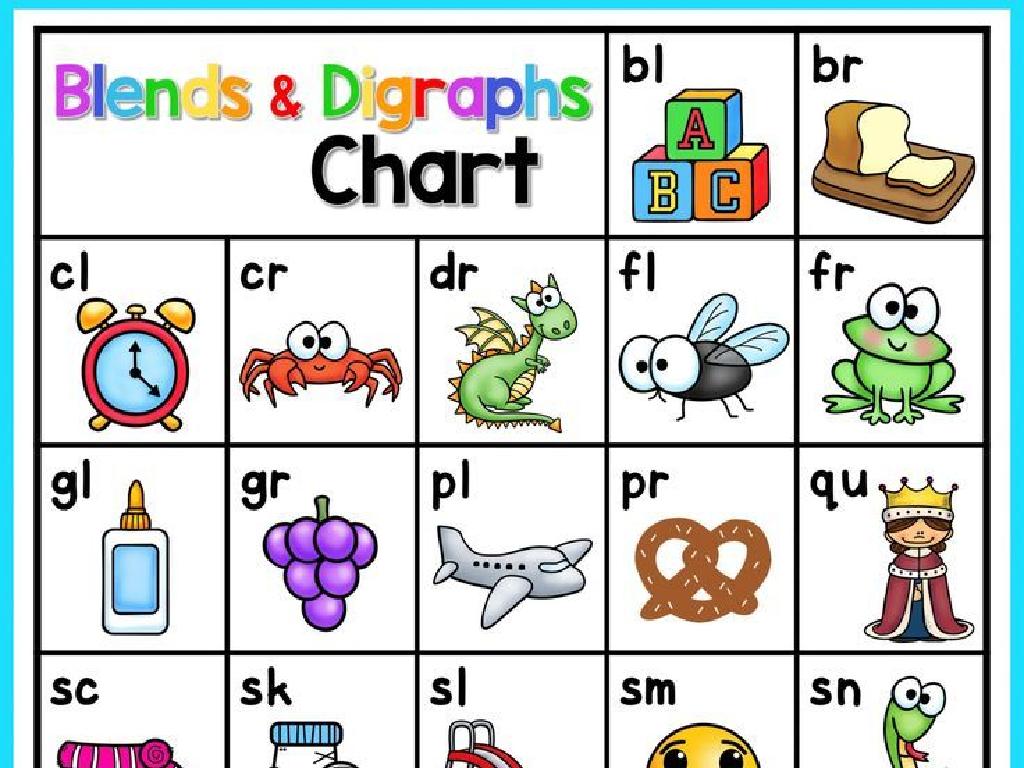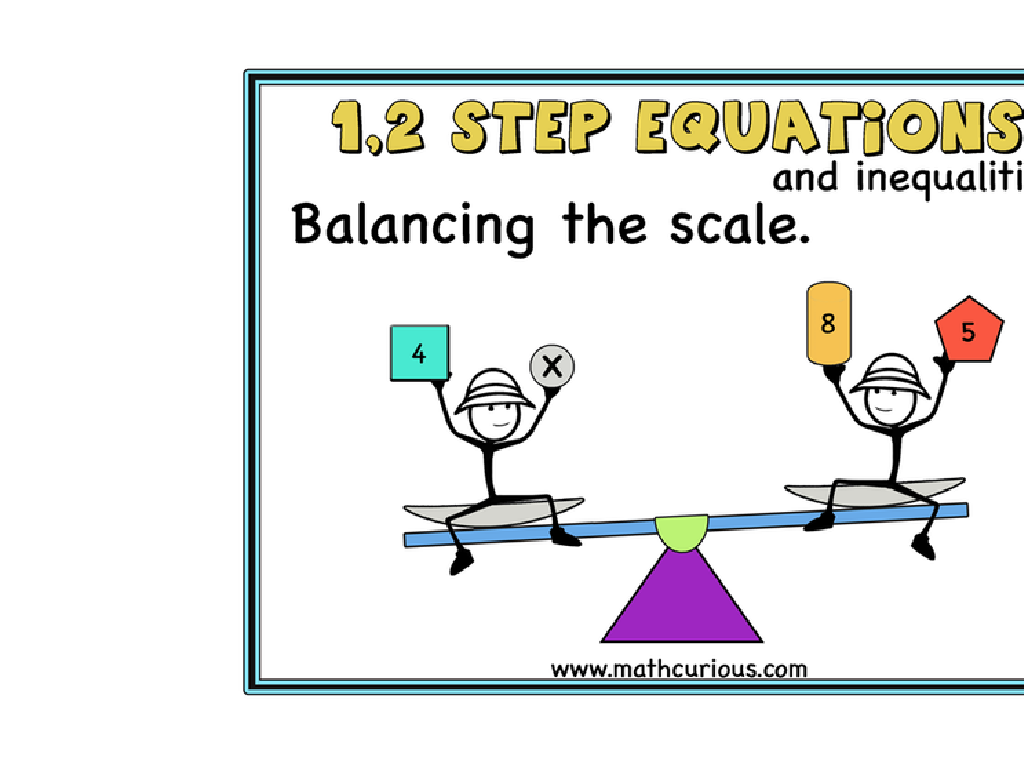Identify Earth'S Water Features
Subject: Social studies
Grade: Kindergarten
Topic: Physical Geography
Please LOG IN to download the presentation. Access is available to registered users only.
View More Content
Exploring Earth’s Water Features
– What is ‘water’ to you?
– Different water features on Earth
– Oceans, rivers, lakes, and more!
– Oceans: Earth’s biggest waters
– Oceans cover most of our planet
– Rivers and lakes: Water we can visit
– Rivers flow, lakes are still. Let’s find some!
|
Begin the class with an engaging question to the students about their personal understanding of water, encouraging them to think about the different forms water can take. Introduce the concept of Earth’s water features, explaining that there are many types, such as oceans, rivers, lakes, and more. Emphasize that oceans are vast bodies of saltwater that cover a majority of Earth’s surface, while rivers and lakes are freshwater sources that we can find closer to home. Use this slide to spark curiosity and prepare the children for a journey through Earth’s diverse water features. Incorporate visual aids like pictures or videos of each water feature to help students visualize and understand the concepts better.
Exploring Earth’s Water Features
– What is physical geography?
– It’s the study of Earth’s natural parts.
– Earth’s natural features
– Like mountains, rivers, and oceans!
– Water features are special
– Oceans, rivers, and lakes on Earth.
– Let’s learn about water!
|
This slide introduces kindergarteners to the concept of physical geography with a focus on Earth’s water features. Start by explaining that physical geography is like exploring the Earth’s playground, where we can see different parts like land and water. Highlight that water features include oceans, rivers, and lakes, and they are very important because they help us in many ways, like providing water to drink and homes for fish. Encourage the children to think about water they have seen, like in a bathtub or a swimming pool, and relate it to larger water features like lakes and oceans. The goal is to spark curiosity about the natural world and the various forms of water they may encounter or have already seen.
Oceans: Earth’s Largest Water Features
– Oceans are vast saltwater bodies
– Earth has five big oceans
– Naming the five oceans
– Pacific, Atlantic, Indian, Southern, Arctic
– Oceans cover most of Earth
– Oceans take up more than half of Earth’s surface
|
This slide introduces kindergarteners to the concept of oceans as significant water features on Earth. Start by explaining that oceans are very large areas filled with salty water. Highlight that there are five main oceans and engage the students by naming them together: Pacific, Atlantic, Indian, Southern, and Arctic. Emphasize the vastness of oceans by explaining that they cover more than half of our planet’s surface, which helps them understand the scale. Use a globe or a world map to point out the oceans if possible. This visual aid will help the students to remember the names and locations of the oceans more effectively.
Exploring Rivers and Lakes
– Rivers: Water flowing long distances
– Rivers flow to oceans or lakes, like a long water road.
– Lakes: Large water surrounded by land
– Lakes are like big water bowls on the ground.
– Local rivers and lakes
– Can you name a river or lake in our town?
– Importance of rivers and lakes
– They give us water and are homes for fish and animals.
|
This slide introduces the concepts of rivers and lakes to Kindergarten students. Start by explaining that rivers are like long water paths that can travel great distances and often end up in oceans or lakes. Describe lakes as large areas of water that are surrounded by land, much like a big bowl filled with water. Engage the students by asking if they know any local rivers or lakes, and discuss their importance as sources of water and habitats for wildlife. Use simple language and relatable examples to make the concepts clear. You can also show pictures or illustrations of rivers and lakes to help students visualize these water features.
Exploring Ponds and Streams
– Ponds: Tiny lakes with ducks
– Ponds are small bodies of water, often home to ducks and fish.
– Streams: Small rivers in nature
– Streams flow through forests, you might see fish or frogs!
– Homes to plants and animals
– Frogs, insects, and birds live here, among lily pads and fishes.
– Importance to Earth’s geography
|
This slide introduces the young learners to the concepts of ponds and streams, emphasizing their size and inhabitants. Ponds are described as small lakes, a familiar concept for kindergarteners, often associated with ducks, which they might have seen in real life. Streams are introduced as miniature rivers that can be found in natural settings like forests or parks. Highlight the fact that these water features are important habitats for various plants and animals, making them significant in our study of Earth’s physical geography. Encourage the children to think about any ponds or streams they have seen and discuss the life they observed there. This will help them connect the lesson to their own experiences.
Exploring Glaciers and Icebergs
– Glaciers are giant ice on land
– Imagine a big ice cube on the ground, that’s a glacier!
– Icebergs float in the ocean
– Like ice in a drink, icebergs float on sea water
– Both are from cold places
– They form in the coldest parts of our planet
– Icebergs are from glaciers
– When a piece of a glacier breaks off, it becomes an iceberg
|
This slide introduces young learners to the concepts of glaciers and icebergs, emphasizing their origins and differences. Glaciers are massive blocks of ice found on land, often seen in polar regions or atop mountains. Icebergs, on the other hand, are pieces of glaciers that have broken off and now float in the ocean. It’s important to convey these concepts in a way that is relatable to kindergarteners, such as comparing glaciers to ice cubes on the ground and icebergs to ice in a glass of water. Encourage the children to think about cold environments and discuss why ice doesn’t melt there. Use simple language and analogies they can understand. You can also show pictures or videos of glaciers and icebergs to help them visualize these massive natural features.
Water Wonders of Our World
– Water features are everywhere
– Each one is special and important
– Pictures show us many water features
– Examples: Oceans, rivers, lakes, and ponds
– Water features help our Earth
– They give us water to drink and help plants grow
|
This slide introduces kindergarteners to the concept of water features as part of Earth’s physical geography. Emphasize that water features like oceans, rivers, lakes, and ponds can be found all around the world and that each has its own characteristics and significance. Explain that these water bodies are crucial for providing us with water to drink, helping plants grow, and supporting various forms of life. Use pictures to visually engage the students and help them connect with the topic. Encourage them to think about any bodies of water they have seen or visited. The goal is to foster appreciation and curiosity about Earth’s diverse water features.
Class Activity: Create Your Water Feature
– Make a water feature with playdough
– Choose to create an ocean, river, or lake
– Think about location and inhabitants
– Does it have fish? Are there boats or plants?
– Share your creation with the class
– Tell us why you chose this feature and what you included
|
This activity is designed to engage Kindergarten students in hands-on learning about Earth’s water features. Provide blue playdough and encourage creativity as they model an ocean, river, or lake. Guide them to consider the environment where their chosen feature is typically found and what kind of plants, animals, or human activities might be present. After crafting, each student will present their creation to the class, explaining their choices and what they’ve learned about the feature. This will help reinforce their understanding of physical geography and ecosystems. Possible variations of the activity could include using additional playdough colors for landscape features, adding toy animals, or drawing a background setting.
Great Explorers Wrap-up!
– Congratulations, young explorers!
– You’ve discovered Earth’s waters
– Oceans, rivers, lakes, and more
– Share your water feature creations
– Show your crafted rivers, lakes, or oceans
– Discuss what we’ve learned
– Talk about the importance of each feature
|
This slide marks the conclusion of our lesson on Earth’s water features. Celebrate the students’ achievements as they’ve learned about oceans, rivers, lakes, and other bodies of water. Encourage them to proudly share the water features they’ve created, whether through drawings, models, or any other creative means. Facilitate a discussion where each student can talk about what they’ve learned, emphasizing the significance of these water features to our planet. This will help reinforce their understanding and allow them to appreciate the diversity of Earth’s geography.





